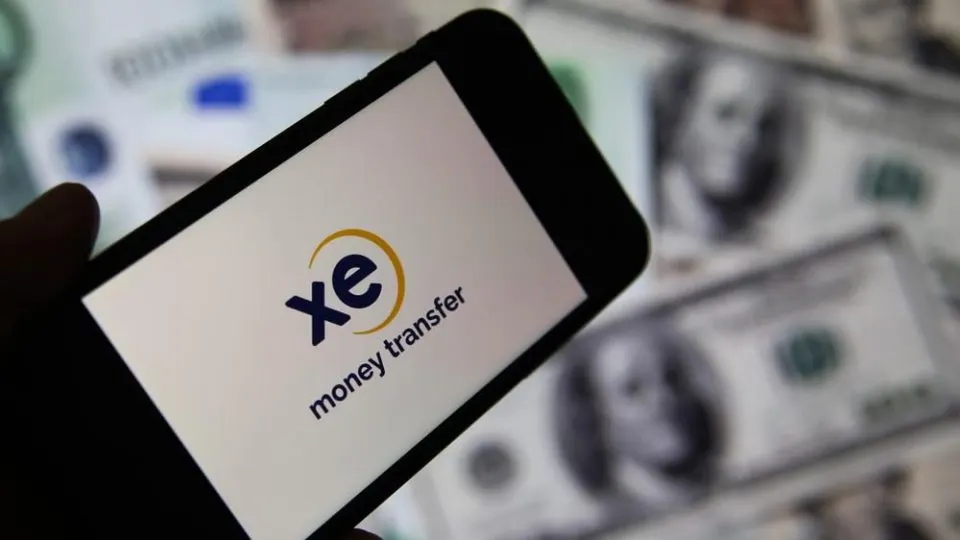As the world’s largest producer of mobile phones and one of the biggest consumers of electronic devices, China faces significant challenges in managing the waste generated from these products. The country has taken steps toward building a circular economy, which aims to reduce waste, conserve resources, and minimize environmental damage. In this article, we will explore how China can build a circular economy for mobile phones, which will benefit both the economy and the environment.
The Current Situation
China produces more than 80% of the world’s mobile phones, making it the largest manufacturer of electronic devices. However, this also means that the country generates a massive amount of electronic waste (e-waste). According to the Global E-waste Monitor 2020 report, China generated 10.1 million metric tons of e-waste in 2019, making it the second-largest e-waste generator after the United States.
Despite China’s efforts to recycle e-waste, only a small fraction of it is properly managed. Most of the e-waste ends up in landfills, where it poses a threat to public health and the environment. Furthermore, e-waste contains valuable materials, such as gold, silver, and copper, that can be reused and recycled, reducing the need for extracting new materials.
Building a Circular Economy for Mobile Phones
A circular economy is an economic model that aims to minimize waste and maximize resource use by keeping materials and products in use for as long as possible. This model promotes recycling, refurbishing, and remanufacturing of products, which reduces the amount of waste generated and conserves natural resources.
To build a circular economy for mobile phones, China can take the following steps:
- Design for Sustainability
Designing mobile phones for sustainability is crucial to reducing waste and conserving resources. Manufacturers can use sustainable materials, design products that are easy to repair and upgrade, and reduce the use of toxic substances. This approach will make it easier to recycle and recover valuable materials from the products at the end of their life.
- Collection and Recycling
To promote recycling, China can develop a comprehensive system for collecting and recycling mobile phones. This can involve creating collection points across the country, providing incentives for consumers to recycle their old phones, and implementing regulations that require manufacturers to take back and recycle their products. Additionally, China can invest in recycling infrastructure, such as advanced recycling technologies and facilities, to recover valuable materials from e-waste.
- Refurbishing and Remanufacturing
Refurbishing and remanufacturing mobile phones is an effective way to extend their life and reduce waste. China can establish a system for refurbishing and remanufacturing old phones, which can be sold at a lower price point to consumers who cannot afford new devices. This approach not only reduces waste but also promotes accessibility to technology.
- Education and Awareness
Educating consumers about the importance of recycling and promoting the benefits of a circular economy can encourage them to take part in the system. China can launch public awareness campaigns, provide educational materials, and collaborate with schools and universities to promote sustainability and responsible consumption.
Benefits of a Circular Economy for Mobile Phones
Building a circular economy for mobile phones can bring numerous benefits to China, including:
- Resource Conservation
By recycling and reusing valuable materials, a circular economy can reduce the need for extracting new resources, conserving natural resources, and reducing environmental damage.
- Economic Opportunities
A circular economy can create new economic opportunities, such as job creation in the recycling and refurbishing industries. Additionally, recycling and recovering valuable materials can provide a new source of raw materials, reducing dependence on imports.
- Environmental Protection
Reducing the amount of waste generated and properly managing e-waste can prevent environmental damage and protect public health.
- Accessibility to Technology
Refurbishing and rem
anufacturing old phones can make technology more accessible to those who cannot afford new devices, promoting digital inclusion.
Examples of Circular Economy Initiatives in China
China has already taken steps towards building a circular economy for mobile phones. Here are some examples:
- Green Supply Chain
In 2015, China launched the Green Supply Chain initiative, which aims to promote sustainable practices in the electronics industry. This initiative involves establishing standards for sustainable manufacturing, encouraging the use of sustainable materials, and promoting energy-efficient practices.
- Recycling Regulations
China has implemented regulations that require manufacturers to take back and recycle their products. The country has also established a national e-waste recycling system that requires manufacturers to pay fees for the disposal of their products.
- Recycling Technology
China is investing in advanced recycling technologies, such as chemical recycling and bioleaching, to recover valuable materials from e-waste. The country is also building recycling facilities that can process a wide range of electronic devices.
Conclusion
Building a circular economy for mobile phones is crucial for China’s sustainable development. The country can design products for sustainability, establish a comprehensive system for collecting and recycling e-waste, promote refurbishing and remanufacturing, and educate consumers about the benefits of a circular economy. By doing so, China can conserve natural resources, create economic opportunities, protect the environment, and make technology more accessible to all.



